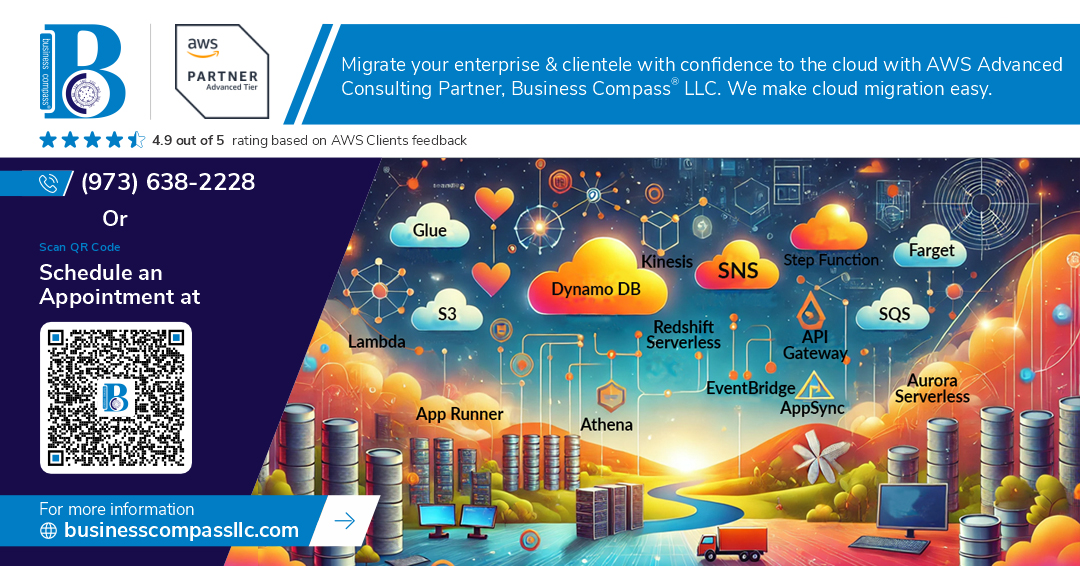Serverless Unpacked: A Developer’s Guide to AWS Lambda Internals
AWS Lambda has revolutionized how developers approach application architecture by offering a serverless compute service that eliminates the need to manage servers. While it's straightforward to use on the surface—just upload your code and Lambda runs it—the internals are an elegant dance of lifecycle management, isolation, scalability, and optimization. This guide dives deep into the internals of AWS Lambda, providing developers with a clear understanding of what happens behind the curtain.
What is AWS Lambda?
AWS Lambda is a Function-as-a-Service (FaaS) platform provided by Amazon Web Services. It lets developers run code without provisioning or managing servers, and is triggered by events from other AWS services or HTTP requests via API Gateway.
Key characteristics include:
Event-driven execution
Automatic scaling
Pay-per-use pricing
Short-lived, stateless functions
Understanding the Lambda Execution Model
1. Cold Starts vs. Warm Starts
When a Lambda function is invoked for the first time or after a period of inactivity, it undergoes a cold start, which includes:
Provisioning a container
Bootstrapping the runtime
Downloading the function code
Running the initialization code (outside the handler)
Subsequent invocations reuse the same environment (a warm start), reducing latency significantly.
2. Execution Environment
Lambda runs your function code inside Amazon Linux microVMs using Firecracker—a lightweight, secure virtual machine monitor. Each environment includes:
Chosen runtime (e.g., Node.js, Python, Go, Java)
Function code + dependencies
/tmp file system with 512MB space
Secure sandboxing to isolate executions.
3. Lifecycle Phases
Init Phase: Initialization outside the handler (e.g., library imports, database connections)
Invoke Phase: Lambda invokes the handler function.
Shutdown Phase: Happens only after the function is eventually retired, invisible to the developer
How Lambda Handles Scaling
Lambda automatically scales horizontally by spinning up multiple execution environments in parallel to handle spikes in traffic. This is managed by:
Concurrency limits (soft and hard quotas per account)
Provisioned Concurrency to pre-warm functions
Reserved Concurrency to throttle specific functions
AWS uses a burst model for new concurrent invocations, allowing high traffic spikes within seconds.
Security and Isolation
Each execution environment is:
Isolated using microVMs via Firecracker
Runs in a dedicated VPC if configured
Enforces IAM permissions through the Lambda execution role
Uses KMS for environment variable encryption
Observability & Debugging Tools
Amazon CloudWatch Logs for real-time log streams
CloudWatch Metrics for invocations, errors, duration, throttles
AWS X-Ray for distributed tracing
Lambda Insights for resource usage monitoring
Packaging & Deployment
Developers can deploy Lambda code through:
AWS Console (manual)
AWS CLI / SDKs (automated)
AWS SAM or Serverless Framework (templated deployment)
Container Images (up to 10 GB in size)
Best Practices for Optimal Lambda Usage
Minimize cold starts with provisioned concurrency.
Keep functions small and single-purpose
Use environment variables for confi.g
Avoid hard dependencies on global states.
Use VPC endpoints wisely to avoid networking bottlenecks.
Integrations & Event Sources
Lambda integrates natively with many AWS services:
API Gateway: HTTP triggers
S3: Object upload triggers
DynamoDB Streams: Database change notifications
SNS/SQS: Messaging event processing
CloudWatch Events / EventBridge: Scheduled jobs and event routing
The Future of Lambda
AWS continues to innovate on Lambda with enhancements like:
SnapStart for Java functions (faster cold starts)
Lambda@Edge for CDN-level serverless functions
Support for Graviton2 for better performance and cost savings
Conclusion
Understanding the internal mechanics of AWS Lambda empowers developers to make better architectural decisions, troubleshoot issues faster, and optimize performance. Whether you're building microservices, event-driven pipelines, or experimenting with serverless AI, Lambda provides a highly scalable, cost-efficient compute layer.

Comments
Post a Comment